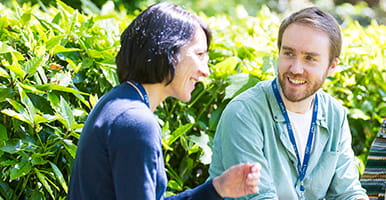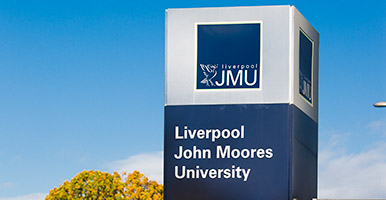About MEMARC
Find out more about MEMARC's research
MEMARC conducts research into mechanical engineering, materials, applied mathematics, dynamics and control areas.
MEMARC is an interdisciplinary research centre that conducts research into mechanical engineering, materials, applied mathematics, and dynamics and control engineering. MEMARC’s research community, which is made up of engineers, materials scientists and applied mathematicians, also specialise in the following areas:
• Fracture and contact mechanics
• Wave propagation in lattices and microstructures
• Thermal fatigue and thermal striping
• Materials development and processing
• Dynamics and control systems
Since its creation, MEMARC has received a considerable number of grants and funding from a range of organisations, including: the Engineering and Physical Sciences Research Council, Higher Education Funding Council England, the National Health Service, the Department of Trade and Industry, the Royal Society of Engineering and the UK Materials Education Centre.
Collaborative projects are central to the work MEMARC carries out and within the solid mechanics and materials area, the Centre has worked with many universities and organisations, including: the University of Liverpool, Aberystwyth University, Imperial College London, the University of Trento, the University of Cagliari, Linköping University and Tel Aviv University. MEMARC has also worked with industrial bodies, such as Serco and Amec Foster Wheeler.
PhD students are integral to the research MEMARC undertakes. Recently, one of MEMARC’s PhD students was given the Outstanding Self-financed Student Award by the Chinese Education Council.
Research impact
MEMARC’s research positively impacts upon the world we live in. This is evident when we consider the Centre’s recent work into the mechanics of biological materials and materials development. Research within these areas has led to the development of:
• New welding materials and steels with improved crack resistance and weldability
• Rubber composites with tailored functions/properties for packaging/sealing applications
• Biomechanical-led footwear developments with improved protection
MEMARC is also conducting important projects into the exciting new science of metamaterials. For example, MEMARC’s researchers have developed mathematical models of lattice cloaks, which may be used to hide the cloaked object from acoustic, elastic and even light waves.
Similarly, metamaterials could provide a wide range of real-world applications where waves play a role, even potentially cloaking buildings from earthquakes.





